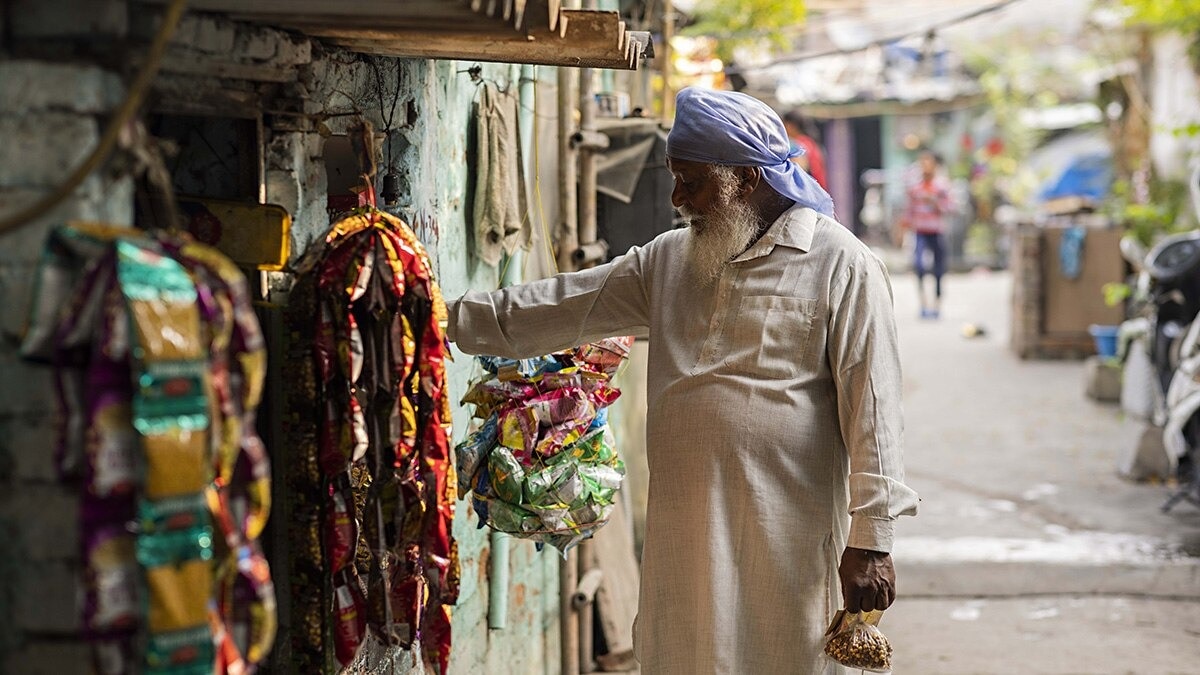Useful information
Prime News delivers timely, accurate news and insights on global events, politics, business, and technology
Useful information
Prime News delivers timely, accurate news and insights on global events, politics, business, and technology

India has registered a strong decrease in poverty during the last decade, the World Bank declared this in its latest report “Poverty & Equity Brief”, which shows that extreme poverty fell to 2.3% in 2022–23, below 16.2% in 2011-12. This marks a dramatic change, with 171 million people raised above the international poverty line of $ 2.15 per day.
At the same time, poverty measured by the lowest average income line of $ 3.65 per day fell from 61.8% to 28.1%, which resulted in 378 million people who moved from poverty. The transition from India to a lower average income country has been accompanied by significant profits in rural and urban areas equally.
The report stressed that 171 million people have been taken from extreme poverty, and 378 million have moved above the broader poverty line during this period.
Rural-urban gap narrows
The urban-rural division was also reduced. Extreme poverty in rural areas fell from 18.4% to 2.8%, while urban poverty decreased from 10.7% to 1.1%, reducing the rural-urban gap from 7.7 percentage points to only 1.7. The broader poverty under the $ 3.65 line shows a similar trend, with rural poverty from 69% to 32.5%, and urban poverty from 43.5% to 17.2%.
Five main states, Uttar Pradesh, Maharashtra, Bihar, Western Bengal and Madhya Pradesh, represented 65% of the extreme poor of India in 2011-12 and were responsible for two thirds of the national decrease in extreme poverty. From 2022–23, these states still represented 54% of the extremely poor population of India.
Employment
One of the most significant developments marked in the report is the growth of employment that exceeds the expansion of the Indian work population from 2021–22. Urban unemployment decreased to 6.6% in the first quarter of fiscal year 200, the lowest since 2017-18. Female employment also showed encouraging signs, particularly in rural agriculture, even when gender disparities remain, with 234 million men more than women in paid work.
Despite these profits, the challenges persist. Youth unemployment is 13.3%, which increases considerably to 29% among young people with university education. Formal employment remains limited, with only 23% of unpaid farm works are formal. Informality continues to dominate the agricultural sector, while self -employment is increasing, particularly between rural workers and women.
Despite an increase in the female participation of the workforce at 31%, gender disparities remain marked, with 234 million men more than women in paid employment.
Multidimensional poverty
India has also made significant advances to reduce multidimensional poverty, which takes into account access to education, health and basic services. The measure of multidimensional poverty (MPM) fell to 15.5% in 2022–23, below 53.8% in 2005-06. Even so, 29.9% of the population lacks access to limited standard sanitation, and 13.8% of adults have not completed primary education.
Other indicators include:
Only 1% of the population lacks access to electricity
11.2% Lack of access to improved drinking water sources
14.9% poverty rate among those with tertiary education versus 35.1% among those without formal education
Inequality remains
In consumption inequality, the Gini index improved slightly 28.8 to 25.5 between 2011–12 and 2022–23. However, income inequality remains severe. The global inequality database data shows that the Gini Income Index of India increases from 52 in 2004 to 62 in 2023. In 2023–24, 10% higher won 13 times more than 10% lower.
Reviewed thresholds to affect future estimates
The World Bank warns that poverty estimates can change with updated poverty lines. If the extreme poverty line is checked at $ 3.00/day and the lowest average income line at $ 4.20/day, poverty rates 2022–23 of India would be adjusted to 5.3% and 23.9%, respectively.
While these profits are notable, the World Bank underlines the importance of continuous improvements in education, sanitation and formal employment to maintain poverty reduction.
The World Bank also indicated a decrease in multidimensional poverty, with its internal measure that set the rate at 15.5% in 2022–23, below 53.8% in 2005-06. These measures represent not only income but also for deprivation in education, sanitation, drinking water and access to electricity.